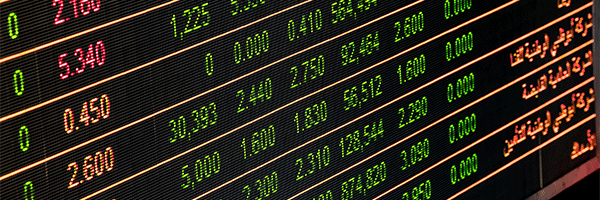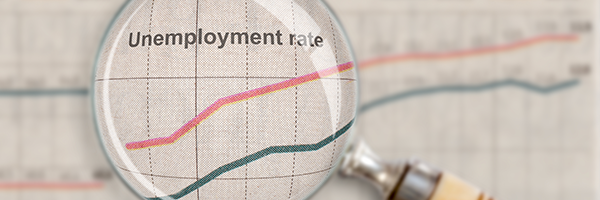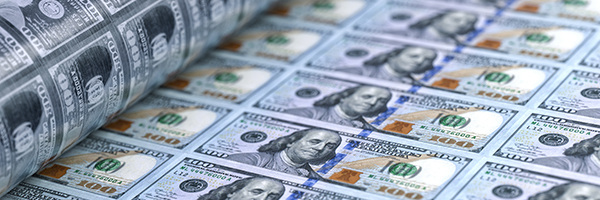
Saturday Night Quarterback (on a Sunday) says, For the week ahead expect…
I expect Tuesday’s Consumer Price Index report for October to be critical in determining whether the Christmas rally narrative can be sustained.

I expect Tuesday’s Consumer Price Index report for October to be critical in determining whether the Christmas rally narrative can be sustained.

My bets on rising volatility have been hammered in the last few days. The December 20 Call Options on the CBOE S&P 500 Volatility Index (VIX) at $280 a contact dropped another 21% today to $121 a contract. The January 17 Call Options at 17 that I bought for $268 closed at $211, down another 16%.The VIX itself ended the day at 14.23, down 7% for the session. It’s sure hard looking at losses like this. But I would remind you that the VIX is very volatile. The volatility index was at 21.71 on October 20. And that the calendar is marked with two big events that could reunite financial market volatility, one courtesy of the House of Representatives and the other courtesy of the Federal Reserve.

Eight days ago Federal Reserve chair Jerome Powell set off a financial market rally when the markets thought they heard him signal that the Fed was done with interest rate increases. Today, November 9, Powell very clearly said (at an International Monetary Fund conference in Washington) that the Fed won’t hesitate to raise rates if a hike is needed. Other Fed officials have recently said the same thing.

The financial markets continue to swing from extreme to extreme in sentiment. The markets were wrong at the beginning of last week. It’s likely the markets are wrong again.

Certainly, it wasn’t any surprise that at today’s meeting the Federal Reserve decided to keep its policy rate steady at 5.25% to 5.50%. Going into the meeting the CME FedWatch tool put the odds of the Fed standing pat on rates at close to 100%. So why then the huge rally in the 10-year Treasury that pushed yields down 18 basis points on the day to 4.76%?

The “experts” expect that the Labor Department’s employment situation report on Friday, November 3, will show that the U.S. economy added 190,000 jobs in October. That would be a big drop from the 336,000 jobs added in September. But remember that these experts were projecting that the economy would add just 170,000 jobs before the September report.

The U.S. economy grew by an annual rate of 4.9% in the third quarter, the strongest pace since 2021 and twice the pace of growth in th second quarter. Before the report from the Bureau of Economic Analysis, economists surveyed by Bloomberg were expecting annual growth of 43%. Growth at that rapid a pace, they worried then, could lead the Federal Reserve to consider raising interest rates at its November 1 meeting. Obviously now, after growth at 4.9% far exceeded projections of 4.3% growth, those worries are a little more pronounced. But only a little.

The U. S. economy, economists project, grew at the fastest rate in nearly two years in the third quarter. The actual figures from the Bureau of Economic Analysis get released before the market opens on Thursday, October 26. Gross domestic product grew at a 4.3% annualized pace in the quarter, according to the median projection in a Bloomberg survey of economists.

The yield on the 10-year Treasury closed at 4.99% yesterday. Bond prices are up a bit today, Friday October 20, and as of 1 p.m. New York time, the yield on the 10-year had retreated 8 basis points to 4.91% I don’t think this changes the trend line–which is clearly pointing toward yields above 5%. I’m watching that level carefully for two reasons.

Today, October 18, the yield on the 10-year Treasury rose to close at 4.91%. That was a gain in yield of another 8 basis points. The yield on the 10-year Treasury is up 61 basis points in the last month.

Today’s Consumer Price Index report on inflation had just enough bad news on inflation to keep one more interest rate increases from the Federal Reserve on the table for 2023. The all items CPI inflation rate rose 0.4% in September from August. That was slightly above the 0.3% monthly rate that economists had expected. The core rate, which excludes more volatile food and fuel prices, rose by 0.3% in the month, as expected by economists. The bad news in the core number is that the month to month rate of increase at 0.3% recently isn’t low enough to bring inflation down to the Fed’s 2% target.

“Nobody expects the Spanish Inquisition!” Monty Python observed back in 1970 before attempting to torture a coal-miner’s wife with a dish rack. There’s an important investing version of this core truth: The financial market usually worries about the wrong problem. So that when the “Spanish Inquisition” (in financial terms) finally arrives, everybody is surprised. Well, we investors and traders have done it to ourselves again. We’ve spent much of 2022 and a good part of 2023 worrying about whether Federal Reserve interest rate increases would send the economy into a recession. There are still a few recession die hards worrying about that possibility, but by and large the worry has shifted to whether or not the Fed will delay its rate cuts in 2024–and thus delay the arrival of the “rate-cut-bounce.” While MANY–but certainly not all–investors, traders, and market analysts have been looking OVER THERE, however, the credit markets have built up a huge debt overhead and the global debt bomb looks ever closer to exploding. A crisis with the dire effects of the Global Financial Crisis of mid-2007 to 2009 is a possibility. I’d “guess” that most portfolios aren’t ready. The time to get ready is now. This increasingly looks like a debt market crisis of the type known as a Minsky Moment. To get ready first understand the source of the problem. I’m putting together a new Special Report for next week on what to do to get ready. Today’s post is a kind of set up, a get ready for the post on getting ready, if you will.